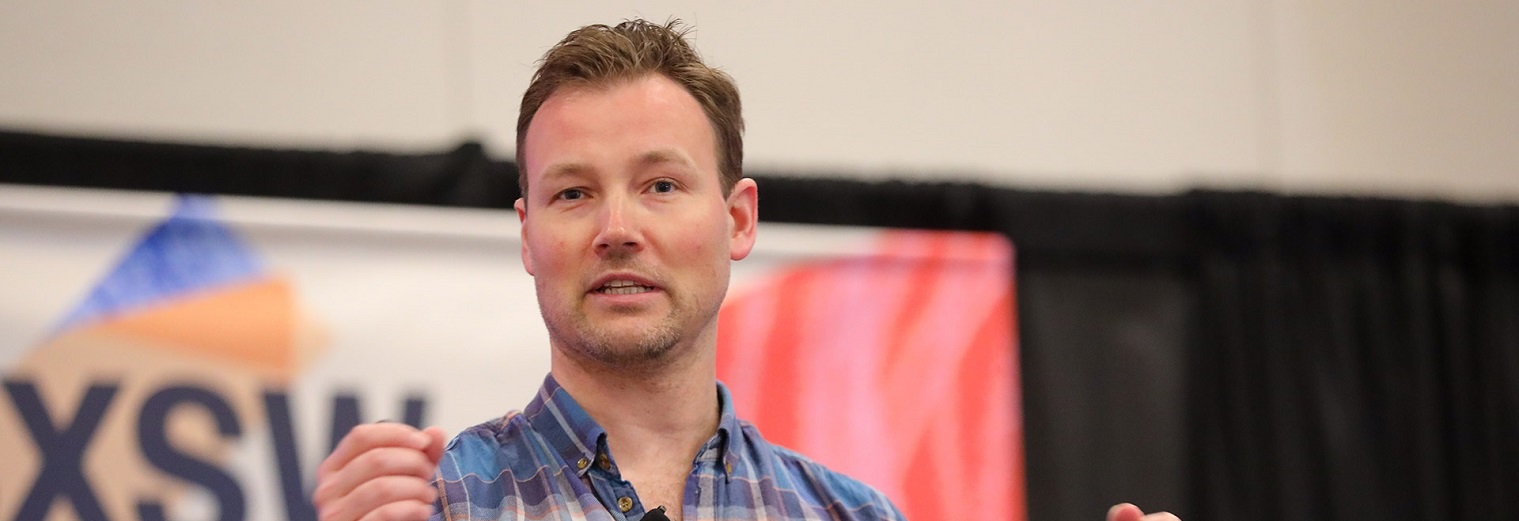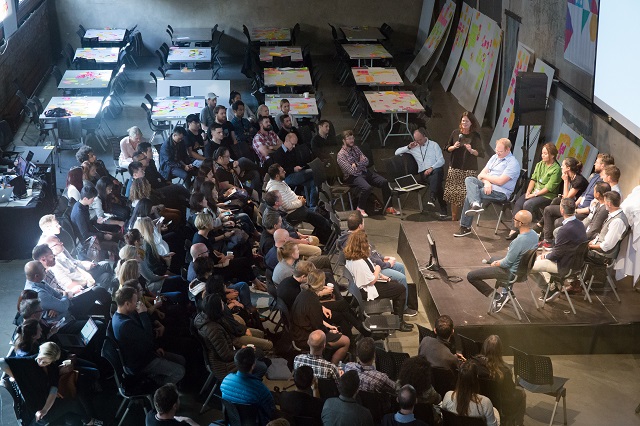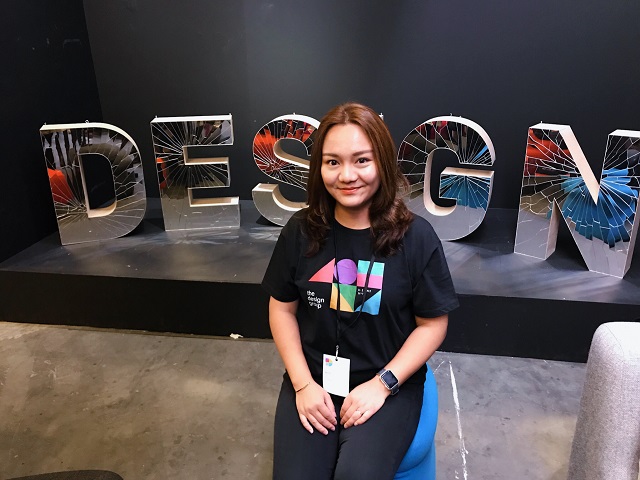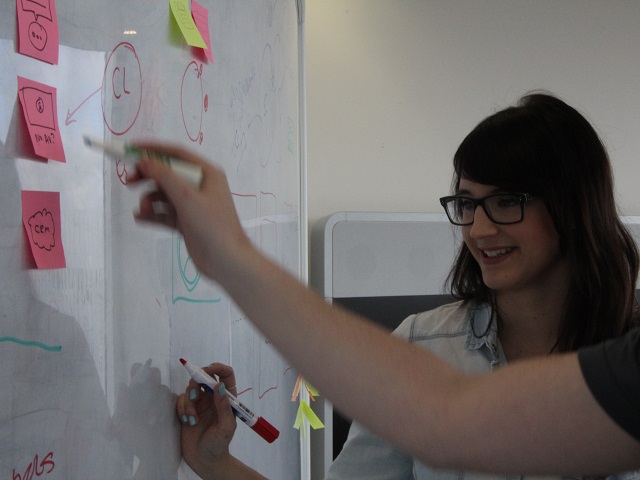
2018-April-25
Did you know? You can share this story using the social media icons on the left. Please include the hashtag #WeAreCisco. You can also rate and comment on the story below.
Building a Melting Pot for Design
When it comes to Cisco collaboration product design, you might say it takes a village. From industrial designers, graphic designers and user experience designers to hardware, software and audio engineers—it requires a multitude of experts from around the globe. These experts come from different backgrounds and cultures.
Now, imagine asking this disparate group to produce cohesive, fully integrated solutions.
That might sound a little unreasonable. Until recently, that's how work got done. However, in late 2017, our design world shifted.

That's when SVP and GM of Applications Rowan Trollope launched The Design Group (TDG). This first-of-its kind centralized organization within Cisco comprises about 120 designers from various design backgrounds.. The Design Group's purpose? To create a single organization focused solely on design and the customer's experience with Cisco—from soup to nuts.
Rowan selected award-winning industrial designer Torkel Mellingen to lead the global organization.
"Rowan recognized that it is very difficult to create holistic design experiences and user journeys from many different teams that work in many different cultures and that rarely come in contact with one another," Torkel says. "What's special about The Design Group is that it has completely taken out the hierarchy. It has a very casual culture. Our designers are inspired—and not afraid to reach out to one another, learn from one another and share best practices."
The Design Group Creates the Blueprint
What exactly does The Design Group do? In short, it provides a blueprint for successful team collaboration products.
Here's the analogy. Imagine Cisco was building a sports car. The designers, product managers and development team share a common vision of who will be driving the car. The designers consider the visual concept for the car and the driver's experience—from being handed the keys to how it feels sitting in the driver's seat and shifting gears. That experience includes shapes and textures, as well as digital dashboard design and position of the gearshift.
The development team builds to that design blueprint and provides innovation "under the hood" for functionality and performance. Product managers help shape the blueprint with pricing and customer and competitive knowledge, and work with other groups to bring the car to market. Design, development and product management are essential to delivering the best car.
"Designing products in The Design Group is a very collaborative process with product managers and development," says Candice Lavender, user experience (UX) design manager for the group. "We take all the user feedback, data and metrics we have and together create requirements to make the products better. Our goal is to create the best design by pushing the envelope and enabling optimal user experience."
Torkel says the group's philosophy for collaboration is "invisible design"—design that makes the technology disappear so people can focus on creating and communicating. This means designing products with focus, that are holistic and that inspire. This philosophy runs through team collaboration software, hardware and third-party integrations.
For example, the new user experience for Webex Meetings launched at Collaboration Summit 2018 provides "focus" by making the video experience take center stage. "Holistic" is the best way to describe the Webex Teams application and its physical surface, the Webex Board. And customer IBM says the inspiring Webex experience "changes the way that we collaborate."
"Our designs are the DNA of our products," says Wen Jiang, UX design manager for The Design Group. She has worked on Webex for nearly a decade. "Knowing that your design will impact 130 million users every month is a very exciting part of the job and comes with great responsibility. That's why it is vital to deliver the best user experience possible so that our product makes work lives easier and more productive."
Industrial designer Simen Andresen sees himself—and other designers in The Design Group—as advocates for the end user.
"We are challenged with each design to strike a balance of making products that are inviting to use but still challenge the status quo," Simen says. "I like to take on risks and push the limits on conventional design. We often say our goal is to humanize our products. That means they should be cool yet easy to operate—unlike some competing products that are very techy and spec-driven."
Building a Culture for Success
The "casual culture" Torkel mentioned earlier has clearly been a key to The Design Group's early success. Their work was recently on display at Collaboration Summit, with design evolutions for both Cisco Webex Meetings and Webex Teams. Here is what TDG employees are saying about the team's unique culture:
Related Links
- Collaboration: Five Things to Know About Our Strategy
- Torkel on Cisco Blogs
- Cisco Collaboration Summit Keynote, introducing the new design for Webex Meetings and Webex Teams
- IBM video
Connect everything. Innovate everywhere. Benefit everyone.




Share your thoughts!
Log in to rate and commentShare your thoughts on the story here!